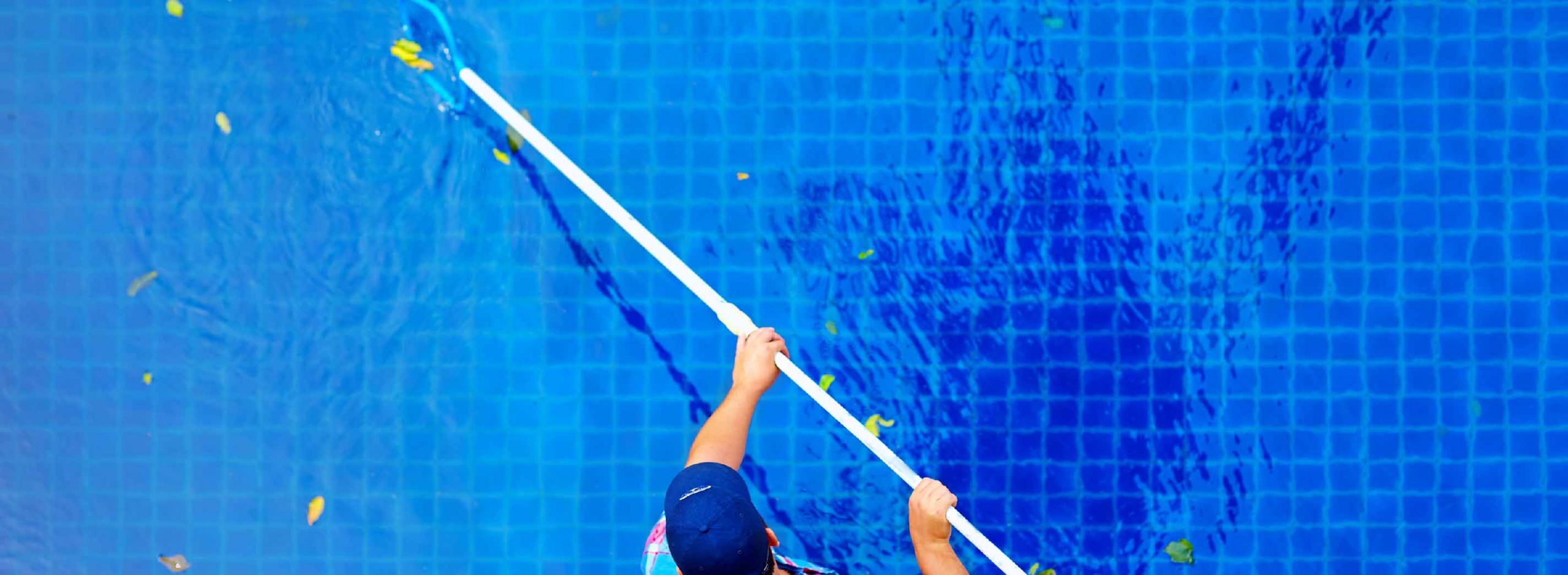If you're looking for a swimming pool filter, you'll want to make sure you choose the right one for your fibreglass pool. There are three different types of pool filters available, and it can be a bit overwhelming to choose the right one for your pool. However, there are a few things you can consider to make the decision easy.

One of the most important factors is how often you plan to use the pool. If your pool is not used frequently, you’ll probably want a filter that’s easy to maintain. However, for a pool owner who frequently hosts pool parties (uses the pool too often), you might want a filter that will last longer and requires less maintenance. So, it’s important to know a bit about each of the three main types of swimming pool filters before you make a decision.
This blog will give you a great overview of each type of filter. It will also tell you a bit about its pros and cons so you can make an informed decision.
For more information on pool filters, click here!
Sand Filters
When it comes to pool filters, sand filters are the most traditional and commonly used filters. A sand filter tank can hold 200 or more pounds of silica sand or glass sand. This sand is used to trap the debris present in the pool water and pump clean water back into the pool after it passes through the filter. If you looked at the sand inside the filter under a microscope, you would notice that each piece is rough-edged. This is how the contaminants and debris get captured easily. As the debris reaches its full capacity, the pressure inside the sand filter increases. This indicates that you need to backwash the sand filter at the earliest.
Pros
Sand filters are easy to use and maintain.
They have a shelf life of three to seven years, after which you may need to replace the sand inside the filter.
The filter media for the sand filters is cost-efficient and can enhance filtration efficiency.
Compared to other pool filter types, sand filters involve a low initial purchase cost.
Cons
Sand filters can cause a lot of water wastage as they frequently require backwashing once the debris reaches full capacity.
They have the smallest filtration area compared to other pool filters.
Sand filters can capture contaminants larger than 20 microns but miss capturing bacteria smaller than ten microns*.
What are microns, you wonder? Let's take a quick detour.
Microns are short for micrometre, i.e. one-millionth of a meter. Any pool filter’s efficiency is measured by the size of contaminants it can remove from the pool water. For example, a single strand of human hair is approximately 50 microns.
Now, let’s get back to the remaining two filters.

Cartridge Filters
Cartridge filters have their own fan base because of their simplistic design and hassle-free set-up. Many above ground pools in Australian homes have a cartridge filter that contains pleated polyester cartridges coated in robust filter media. The contaminants in the pool water get eliminated as they pass through these coated filters giving way for a sparkly pool. Another good reason pool owners love these filters is that they take very little space due to their long and narrow build.
Pros
Cartridge filters have the largest filtration area (200 to 600 square feet).
They can filter bacteria as small as ten microns.
They are preferred by many pool owners in Australia as they perform well even at low speeds.
Cartridge filters are the easiest to install.
They are popular with eco-friendly pool owners as they don’t require any backwashing. So, there is no unnecessary wastage of water.
Cons
Cartridge filters may not be the ideal choice for large pools.
They incur a high maintenance cost and require regular upkeep.
Filter cartridges have a shelf life of three to five years only.
Cartridge filters involve a higher initial cost which acts as a deterrent for pool owners with a specific budget in mind.
Diatomaceous Earth (D.E.) Filters
Did you know D.E. filters have been around since WWII? All these years later, they continue to be the most effective pool filter capturing and removing bacteria as small as one to three microns. These filters won’t burn a hole in your pocket with insane electricity bills due to long operating times. Plus, you won’t have to invest extensively in additional sanitary products to keep your pool sparkly clean. D.E. filters use fossilized remains of diatoms to remove the contaminants out of the pool water, just like sand filters use silica to filter the water.
Pros
D.E. filters don’t require any caustic chemicals for cleaning.
It’s super easy to replace the filter media of D.E. filters.
You can save a lot of time and energy as D.E. filters have an uncomplicated cleaning process.
Cons
D.E. filters are the costliest filters out of the three filter types.
The filter grids of D.E. filters need to be replaced every two to three years.
The filter grids require deep cleaning, which can get quite cumbersome and may not be possible without professional help.
Inhaling D.E. powder by accident can prove fatal to your health. So, if you have pets and children, this can be an added thing to worry about.

Wrapping Up
To sum up, finding the right pool filter can be quite a challenge. There are so many types and brands to choose from. However, you can use this guide to compare the three main types of pool filters and pick one that best suits your needs. Consider what type of pool you have, how often you plan to use it, and how much you’re willing to spend on a quality filter. If you are still unsure about choosing a pool filter for your fibreglass pool, don’t hesitate to reach out to our professional pool designers. We would be happy to assist you.
So, what are you waiting for? Call TODAY!

